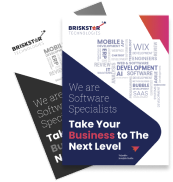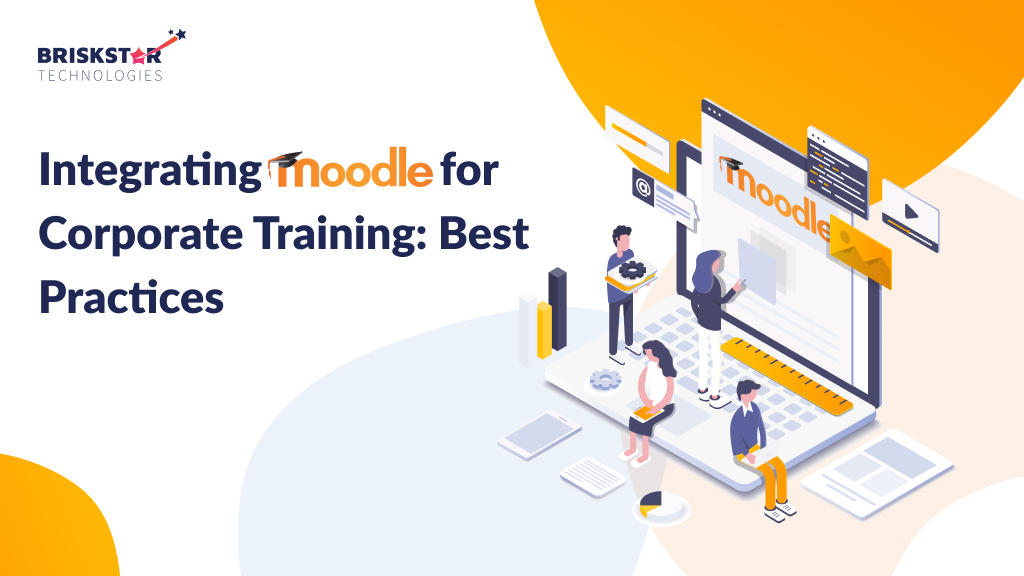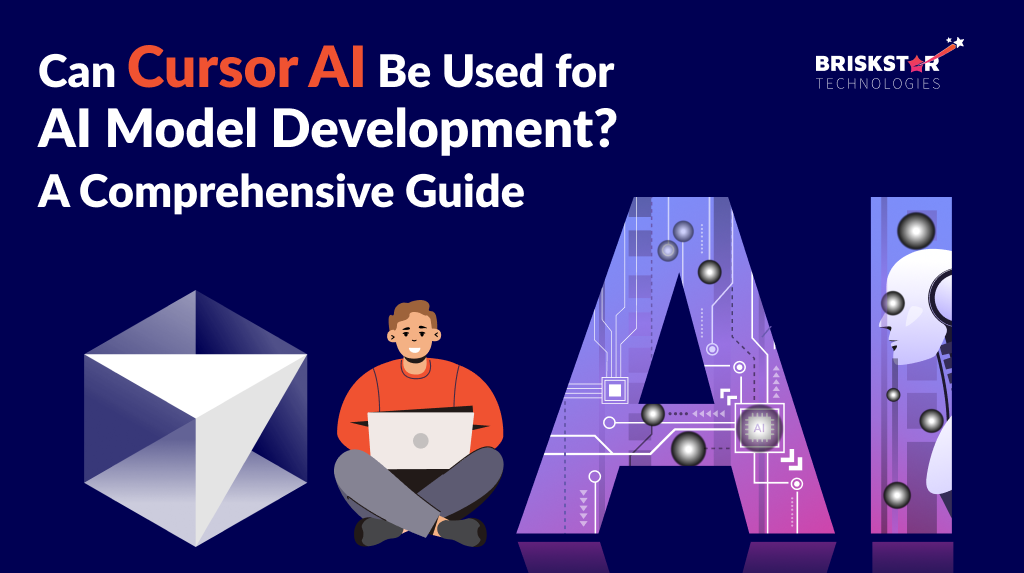Integrating Moodle for Corporate Training: Best Practices
Introduction
In today’s rapidly evolving business landscape, organizations can no longer afford to sit back and relax when it comes to employee training. Corporate training solutions have become essential not only for compliance but also for fostering a culture of continuous learning. The right training platform can make or break the effectiveness of your training programs, and this is where Moodle shines as a scalable learning platform.
Moodle, an open-source learning management system (LMS), has risen to prominence in the corporate training sphere for its flexibility, extensibility, and robust feature set. But how do you leverage Moodle effectively for your corporate training needs? This blog will walk you through key insights on Moodle as a corporate training solution, explore alternatives, provide best practices for integration, and delve into advanced features like gamified learning and AI-powered functionalities.
Understanding Moodle as a Corporate Training Solution
Moodle is not just another LMS; it’s a versatile platform designed to cater to a wide array of training needs. With features such as course management, user tracking, and multimedia support, Moodle allows organizations to create a personalized and engaging learning experience.
Benefits of Using Moodle for Organizations
Scalability: As your company grows, so does the need for training. Moodle scales effortlessly, accommodating thousands of users without compromising performance.
Flexibility: With its open-source nature, organizations can customize Moodle to fit their specific training requirements. Whether you need to add plugins or tailor courses, the possibilities are virtually limitless.
Cost-Effectiveness: Unlike many proprietary LMS systems, Moodle is free to use. Organizations can save significant amounts on licensing fees, allowing them to invest in content creation or other training resources.
Case Studies of Successful Corporate Training Implementations
Consider a mid-sized tech company that adopted Moodle for its onboarding process. Initially, they faced challenges with traditional training methods, leading to high dropout rates and low engagement. By switching to Moodle, they created a dynamic onboarding program with interactive multimedia content and assessments. The result? A 50% increase in engagement and a 30% reduction in onboarding time. This is just one of many success stories illustrating the transformative power of integrating Moodle into corporate training.
Exploring Moodle Alternatives
While Moodle offers a robust set of features, it’s not without its limitations. Organizations may encounter challenges such as a steep learning curve for administrators or a lack of certain advanced functionalities. This is where exploring Moodle alternatives comes into play.
Popular Moodle Alternatives
Blackboard: Known for its comprehensive features, Blackboard excels in providing an integrated environment for both online and in-person training. However, it comes with a hefty price tag.
TalentLMS: A user-friendly platform that focuses on user experience. It offers great mobile support but may lack some customization options found in Moodle.
Adobe Captivate Prime: A modern LMS that incorporates AI and offers a sleek interface. Yet, it may not provide the same depth of course management capabilities as Moodle.
Tips for Evaluating Whether to Stick with Moodle or Switch to an Alternative
When deciding whether to stick with Moodle or switch, consider the following questions:
– What are your primary training goals?
– Do you require advanced features that Moodle lacks?
– How much customization are you willing to undertake?
In some cases, the grass may seem greener, but it’s essential to weigh the pros and cons carefully.
Best Practices for Integrating Moodle into Corporate Training
Integrating Moodle into your existing training framework doesn’t have to be a daunting task. Here’s a step-by-step guide to ensure a seamless transition.
Step-by-Step Guide
Assess Current Training Needs: Evaluate your existing training programs and identify gaps that Moodle can fill.
Define Objectives: Establish clear goals for what you want to achieve with Moodle. Whether it’s improving engagement or streamlining course delivery, having defined objectives is crucial.
Configuration and Customization: Customize Moodle to align with your corporate branding and training needs. This could involve setting up course categories, user roles, and more.
Pilot Testing: Before a full rollout, conduct a pilot test with a small group. Gather feedback to refine the platform before launching organization-wide.
Training Staff: Invest time in training your staff on how to use Moodle effectively. This will ensure that they can maximize its features.
Key Considerations for Ensuring a Smooth Integration Process
User Experience: Ensure the interface is user-friendly. A complicated setup can lead to frustration and disengagement.
Feedback Mechanisms: Set up channels for ongoing feedback to continuously improve the training experience.
Enhancing Engagement Through Gamified Learning
Gamified learning is a game-changer in the corporate training realm. By incorporating elements of game design into learning experiences, you can boost engagement and retention rates.
Definition and Benefits of Gamified Learning
Gamification involves using game-like elements to motivate learners. This could include point systems, leaderboards, and rewards. The benefits are clear:
– Increased motivation
– Improved knowledge retention
– Enhanced collaboration among learners
Implementing Gamified Learning Elements Within Moodle
Moodle supports gamification through various plugins and features. For instance, you can use the “Level Up!” plugin to create a points-based system where learners can earn points for completing tasks and assessments.
Examples of Gamification Strategies
Imagine a corporate training program where sales representatives earn badges for completing training modules, competing on leaderboards to foster a sense of healthy competition. This not only makes learning fun but also encourages employees to engage more deeply with the material.
Leveraging AI-Powered LMS Features in Moodle
Artificial Intelligence (AI) is revolutionizing educational technology, and Moodle is no exception. By integrating AI-powered LMS features, organizations can tailor the learning experience to individual needs.
Overview of AI-Powered LMS Functionalities
AI in Moodle can help in various ways:
Personalized Learning Paths: AI can analyze a learner’s progress and suggest courses tailored to their skill level and interests.
Automated Grading: AI can assist in grading assessments, freeing up time for instructors to focus on more complex tasks.
Best Practices for Incorporating AI Tools
To make the most out of AI functionalities, organizations should:
Train Staff: Ensure that trainers understand how to utilize AI features effectively.
Monitor Progress: Use analytics to track learners’ progress and adjust strategies as necessary.
Utilizing Google Cloud Hosting for Moodle
Hosting Moodle on Google Cloud can elevate your corporate training experience. The benefits are manifold, from scalability to enhanced security.
Benefits of Google Cloud Hosting for Moodle
Scalability: Google Cloud can effortlessly handle spikes in user activity, ensuring your training programs run smoothly.
Security: With robust security protocols, Google Cloud protects your data and provides peace of mind.
Steps to Set Up and Optimize Moodle on Google Cloud
Choose the Right Plan: Select a Google Cloud hosting plan that aligns with your organization’s needs.
Configure Your Environment: Set up your Moodle instance on Google Cloud, ensuring proper resource allocation.
Monitor Performance: Regularly check analytics to optimize your Moodle instance for performance and scalability.
Integrating Moodle with Other Systems
Moodle shines even brighter when integrated with other systems such as HR platforms or Customer Relationship Management (CRM) systems.
Importance of Integration
Seamless integration allows for a unified experience. Imagine an HR system that automatically enrolls new hires into onboarding courses on Moodle. This not only saves time but ensures that no one falls through the cracks.
Best Practices for Seamless Integration
Identify Key Systems: Determine which systems are most critical for integration, such as HR or CRM.
Utilize Plugins and APIs: Make use of available tools to connect Moodle with these systems.
Conclusion
Integrating Moodle into your corporate training framework can be a transformative experience. By understanding its capabilities, exploring alternatives, and implementing best practices, you can create an engaging and effective training program. Remember, the right tools and strategies can make all the difference in achieving your training goals.
Frequently Asked Questions (FAQs)
What are the most effective corporate training solutions that integrate with Moodle?
Effective solutions include Google Cloud for hosting, HR systems like BambooHR, and CRM platforms such as Salesforce. Integration enhances user experience and streamlines processes.
How can I evaluate Moodle alternatives for my corporate training needs?
Consider factors like cost, scalability, user experience, and specific features that meet your training goals. Conduct trials and gather feedback from users to make informed decisions.
What are the benefits of gamified learning in corporate training solutions using Moodle?
Gamified learning increases motivation and knowledge retention by engaging learners through game-like elements, fostering a competitive yet collaborative environment.
How can AI-powered LMS features enhance my corporate training programs on Moodle?
AI can personalize learning paths, automate grading, and provide analytics that help tailor training to individual needs, improving overall training outcomes.
What steps should I take to integrate Moodle with other systems in my organization?
Identify key systems for integration, utilize available plugins and APIs, and ensure proper configuration for seamless data flow and user experience. Regularly monitor and optimize these integrations for best results.
In essence, Moodle is not just a tool; it’s a gateway to a more engaged, informed, and empowered workforce. Happy training!
![circle-shapes]()












